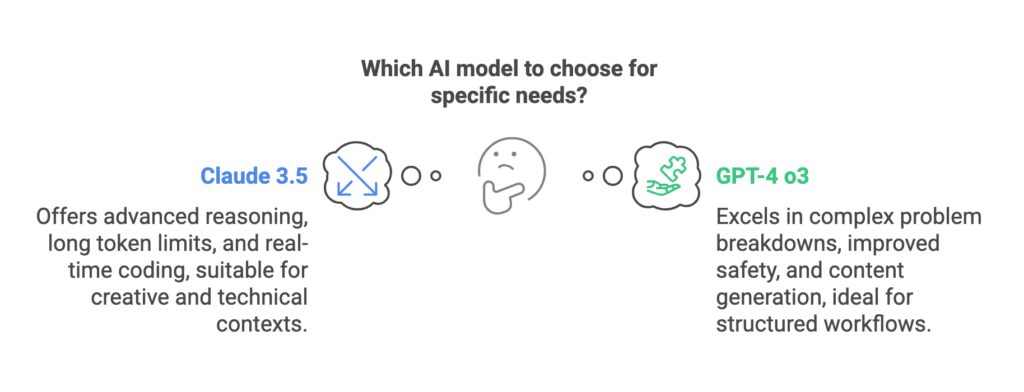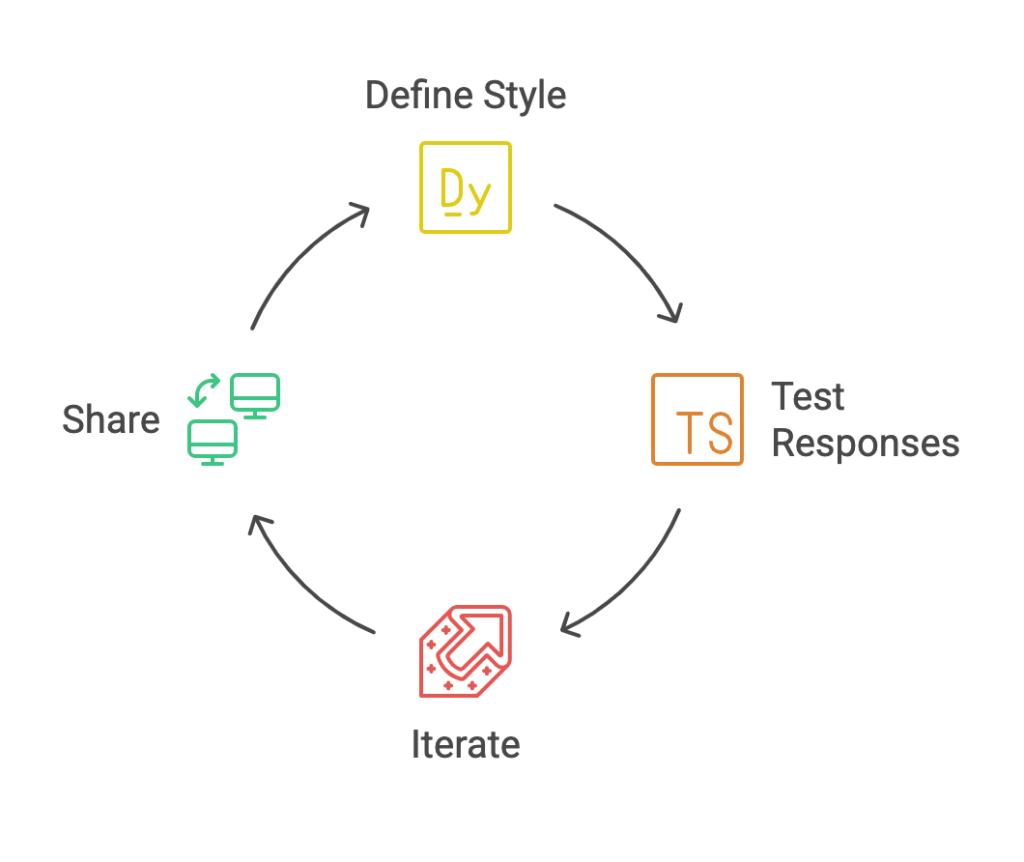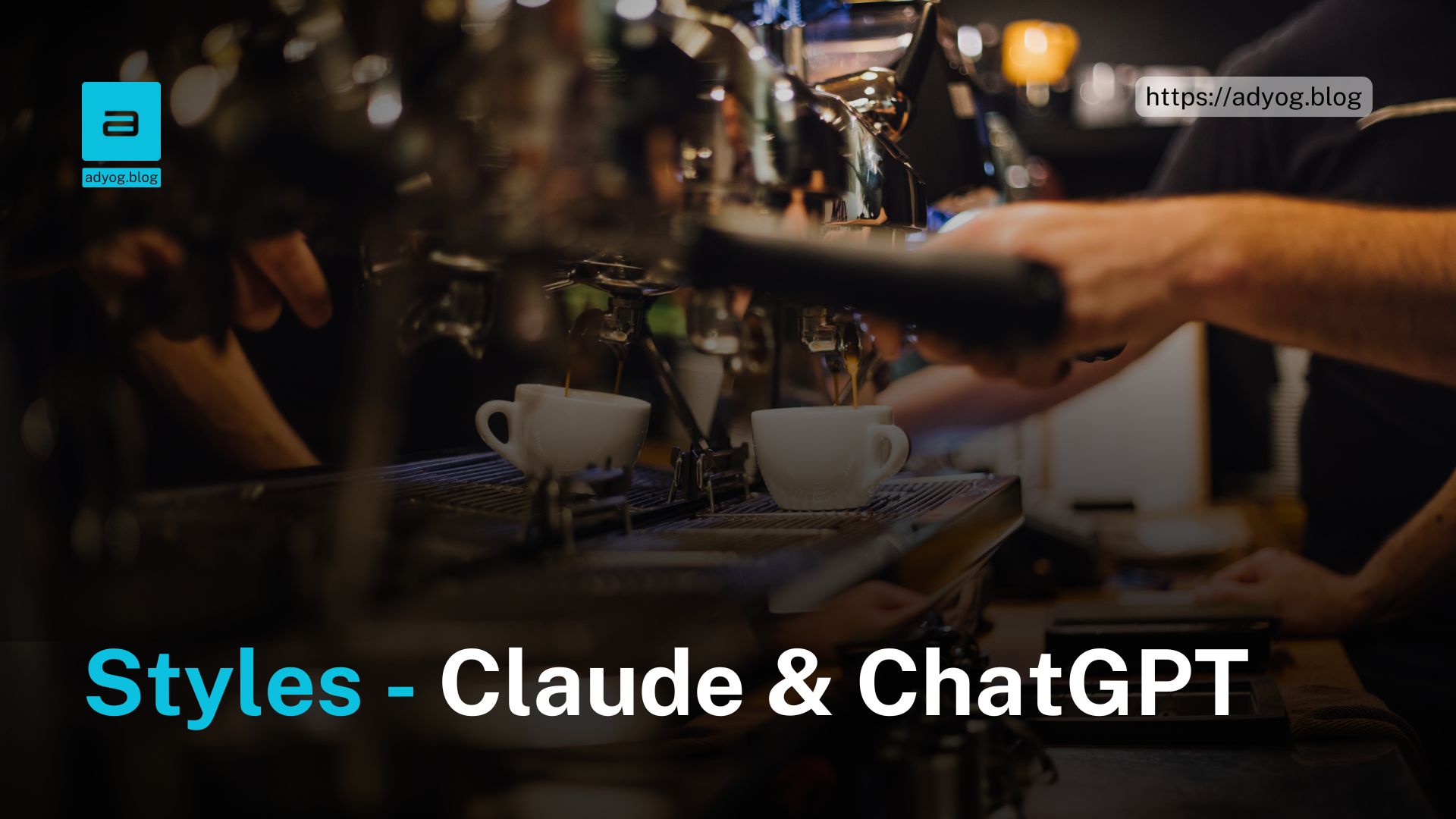Conversational AI is evolving rapidly, and Claude and ChatGPT are leading the way in redefining how we interact with intelligent systems. With their advanced customization features, these tools allow users to craft conversations tailored to specific needs, ensuring precision and relevance in every interaction. This guide dives into how to harness the power of Claude & ChatGPT customization to create truly engaging and personalized AI experiences.
Comparison Table: Claude vs. ChatGPT
| Feature | Claude (Latest Updates) | ChatGPT (GPT-4 o3 Series) |
|---|---|---|
| Custom Style Adaptability | Highly flexible; tailored styles enable fine-grained control over tone, structure, and depth. | Strong with system prompts, but lacks Claude’s style-definition capability. |
| Depth of Responses | Offers detailed, structured answers with advanced language. | Excels in reasoning and solving complex problems, particularly with the o3 models. |
| Tool Use | New tool integration for interacting with external APIs and systems (e.g., databases). | Limited tool interaction, but APIs are robust for general integration. |
| Interactive Coding | Real-time coding assistance with REPL support for testing/debugging. | Excellent for code generation but lacks real-time interactive coding. |
| Empathy in Responses | Provides deeply human-like, empathetic responses using tailored styles. | Empathy is effective but less adaptable without precise prompting. |
| Performance Metrics | Consistent depth and coherence in long-form conversations. | Faster response time with improved reasoning and multi-turn coherence in o3. |
| Advanced Features | Computer use capabilities to interact with GUIs for task automation. | Advanced reasoning capabilities in coding, math, and multi-step tasks. |
Recent Advancements in AI Models

1. OpenAI’s GPT-4 o3 Series
OpenAI’s GPT-4 o3 models have introduced significant enhancements to AI reasoning, problem-solving, and safety:
Key Features of GPT-4 o3:
- Enhanced Reasoning:
- Excels in breaking down complex problems into manageable parts.
- Particularly useful in software engineering and mathematical tasks.
- Faster Response Times:
- Optimized for both latency and depth, making it effective for high-volume and real-time applications.
- Safety and Alignment:
- New safety protocols enhance ethical interactions and reduce harmful outputs.
- Coding Capabilities:
- The o3 series demonstrates superior performance in debugging, algorithm design, and solving coding challenges.
2. Anthropic’s Claude 3.5 Updates
Claude’s latest updates focus on interactivity, task automation, and improved problem-solving capabilities:
Key Features of Claude 3.5:
- Tool Use:
- Interacts with external tools like APIs or databases, enabling task execution beyond text generation.
- Interactive Coding (REPL):
- Real-time code execution and debugging streamline technical workflows.
- Computer Use Feature:
- Allows Claude to interact with GUIs, performing tasks like typing, browsing, and automating desktop workflows.
- Agentic Capabilities:
- Enhances task autonomy, making Claude effective in multi-step processes.
Advanced Customization with Claude
Claude’s customization capabilities set it apart for users who need fine-grained control over tone, depth, and style. The following steps illustrate how to leverage Claude’s full potential.

Step 1: Accessing Claude’s Custom Style Options
- Open the Claude interface.
- Navigate to Settings > Create Custom Style.
Step 2: Define Your Style
In the Describe Style field, specify the desired behavior. Claude allows detailed control over tone, formatting, and structure.
Example: Scholarly Dialogue Style
Optimize responses for coherence and depth.
- Use complete sentences instead of lists.
- Highlight key terms in **bold**.
- Use *italics* for emphasis.
- Break text visually with block quotes for critical insights.
- Provide structured explanations, avoiding generic disclaimers.Step 3: Test the Style
Save the style and test its effectiveness using various prompts.
Prompt Example:
“Explain the gastric healing phase after H. pylori treatment.”
Expected Output:
At **13 weeks post-treatment**, you are in the **gastric healing phase**, characterized by **gastric mucosa regeneration**.
> *“Microbiome restoration is a key process during this phase, often requiring dietary probiotics.”*
Other considerations include:
- **Adaptive Anorexia:** Reduces hunger signals to minimize stomach acid production.
- **Selective Food Intolerance:** Common due to gastric hypersensitivity.
Focus on probiotics, anti-inflammatory foods, and regular meals to accelerate healing.Step 4: Iterate and Refine
Based on the responses:
- Adjust depth: Add specific instructions, such as “Include analogies when possible.”
- Refine formatting: Specify when to use bullet points or block quotes.
- Experiment with other styles: Try empathetic or analytical tones for different contexts.
Host reusable styles on GitHub to collaborate with others. Examples include:
- Claude Sentience Repository: Share .txt files with pre-built styles.
- Use version control to refine and improve shared styles.
Quantitative Performance Metrics
| Metric | Claude | ChatGPT (GPT-4 o3) |
|---|---|---|
| Token Limit | ~100k tokens (ideal for long documents). | ~8k tokens (o3 expands reasoning within these limits). |
| Response Latency | Slightly slower but ensures detailed, coherent outputs. | Optimized for speed with fast response times. |
| Problem Complexity | Handles interdisciplinary prompts with ease. | Excels in technical reasoning and coding tasks. |
Prompt Engineering Techniques
Effective prompt engineering enhances the output quality of both Claude and ChatGPT.
1. Be Explicit
Claude Prompt Example:
“Explain the first law of thermodynamics using analogies for high school students.”
ChatGPT Prompt Example:
“Write an SEO-friendly summary of the first law of thermodynamics for a beginner.”
2. Use Context Cues
Claude thrives on specific instructions like formatting requirements, while ChatGPT works well with structured system prompts.
Practical Use Case Scenarios
1. Healthcare
- Claude: Explains complex medical concepts in detail, e.g., phases of gastric healing.
- ChatGPT: Generates simple, patient-facing FAQs.
2. Software Engineering
- Claude: Real-time debugging with REPL support.
- ChatGPT: Excels in algorithm generation and code walkthroughs.
3. Education
- Claude: In-depth academic explanations with visual formatting.
- ChatGPT: Quick summaries for lesson plans or quizzes.
Conclusion
Recent advancements like GPT-4 o3 and Claude 3.5 have redefined the capabilities of conversational AI. Claude stands out for its customization, interactivity, and task automation, while GPT-4 o3 excels in reasoning, coding, and high-speed performance. Both tools are invaluable for specific needs, and understanding their strengths allows users to choose the right solution for their requirementsUnlock the potential of these powerful tools today. Explore pre-built styles like Scholarly Dialogue or experiment with GPT-4 o3 for advanced problem-solving. Visit the Claude Sentience Repository and OpenAI API documentation to start customizing your AI interactions.
Unlock the potential of these powerful tools today. Explore pre-built styles like Scholarly Dialogue or experiment with GPT-4 o3 for advanced problem-solving.
References:
- OpenAI Documentation – For ChatGPT customization and API capabilities.
- Anthropic’s Claude Updates – Insights on Claude’s latest advancements.
- GitHub Repository for Custom Styles – Host or download pre-built styles for AI.
- AI Ethics and Safety – Best practices for safe and ethical AI use.





Leave a Reply